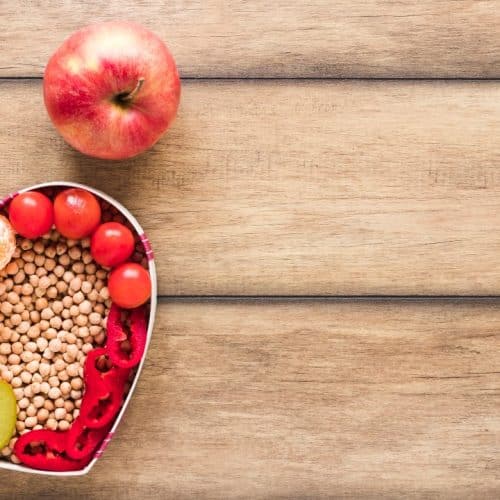Soup is one of the most comforting and versatile dishes around the world, especially during the colder months. With endless variations and flavours, it’s a perfect dish for every taste, whether you’re craving something creamy, hearty, or light.
From classic Chicken noodle soup to the vibrant, tangy Pho, soups bring warmth and satisfaction in every spoonful. This collection of 25 different soups highlights the diversity of ingredients, cooking methods, and cultures, offering you a delicious journey through comfort food.
Whether you want to cook up a traditional dish in your slow cooker or try something new with an Instant Pot, there’s a soup here for every occasion. Let’s dive in and discover your next favourite bowl!
1. Chicken Noodle Soup
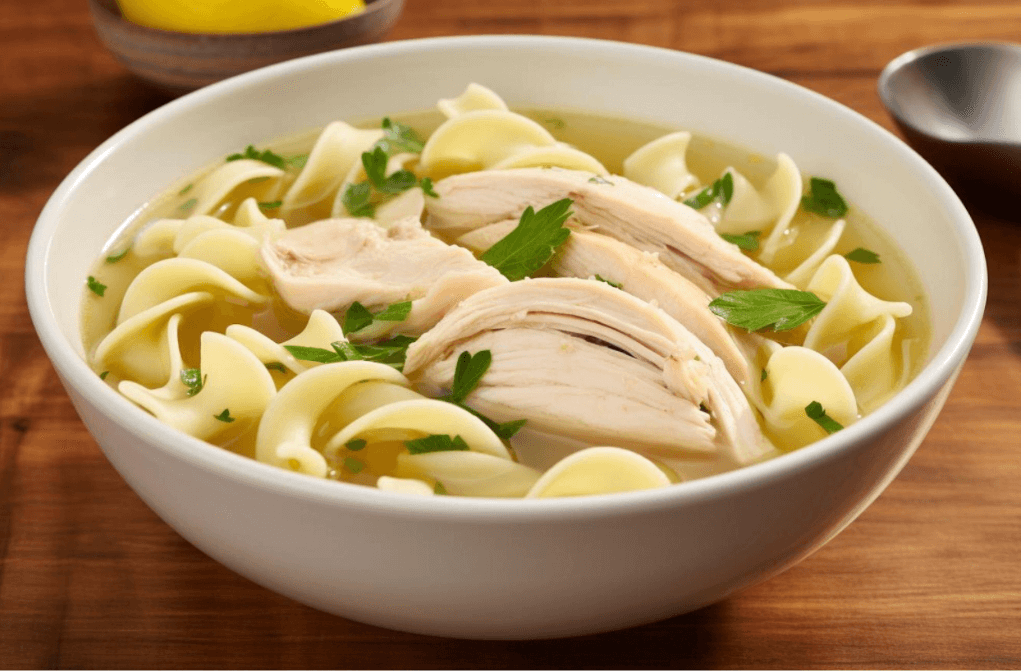
Chicken noodle soup
A universal comfort food, Chicken Noodle Soup is known for its warm, soothing qualities. Made with homemade chicken stock, carrots, celery, and noodles, this soup is both delicious and nutritious. It’s a classic traditional soup, perfect for chilly nights or when you need a quick meal. Many people add poached eggs to boost the protein, and you can make this in a slow cooker for added convenience. The end result is a comforting, nourishing bowl of goodness.
2. Italian Wedding Soup

Italian Wedding Soup
Italian Wedding Soup combines a tasty chicken broth with meatballs, escarole, and Parmesan cheese. It’s a hearty soup with a rich, comforting flavour. Traditionally served at weddings, this soup symbolises the union of meatballs and greens. The addition of small pasta like orzo or rice makes it a complete meal. Rice soup variations of this dish are common in Latin America, where rice is often used as a main ingredient to make the soup heartier.
3. Lentil Soup
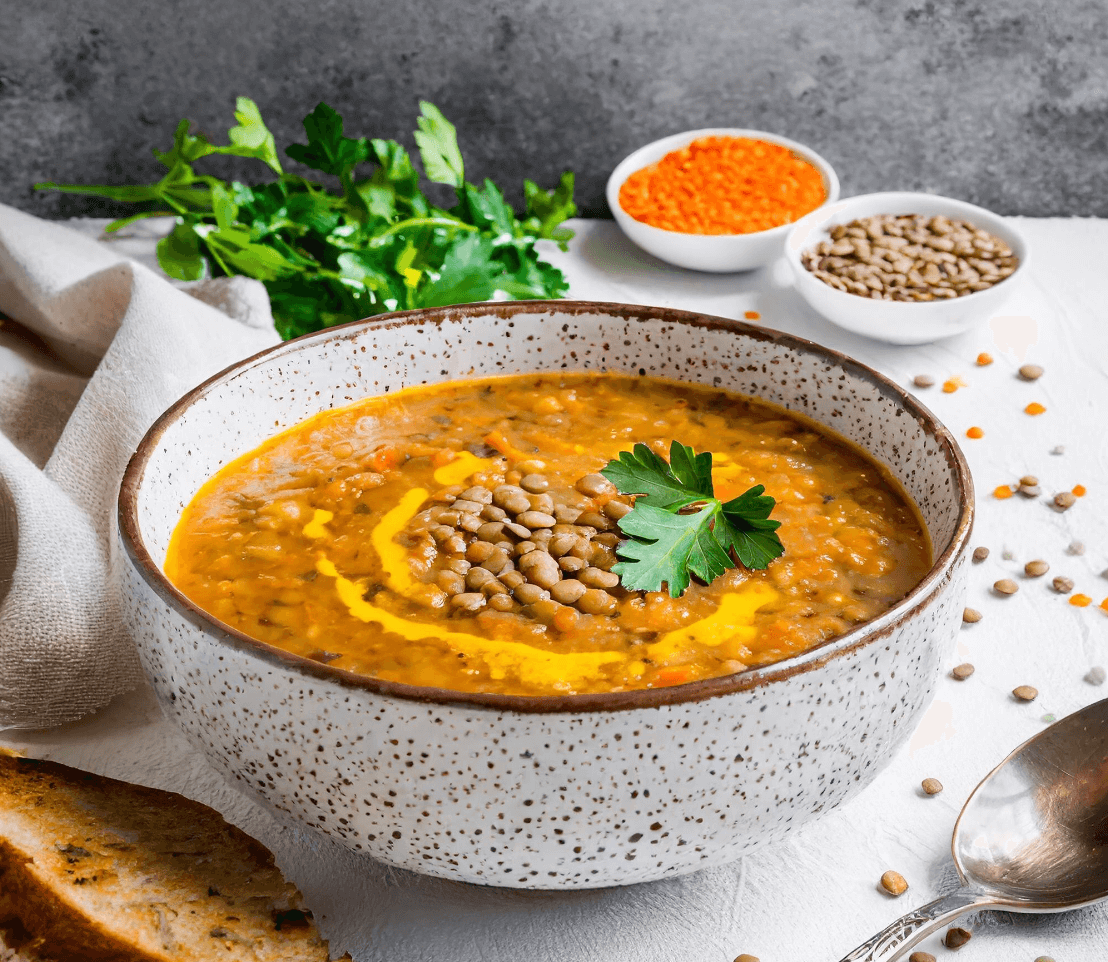
Lentil Soup
Lentil Soup is rich in protein and fibre, making it a healthy option for any meal. This simple yet satisfying soup is made with lentils, onions, garlic, and a mix of spices. It can be made creamy with a splash of coconut milk or left chunky for added texture. Slow cooker versions of this soup allow the lentils to soften slowly and soak up the flavours for a hearty end result.
4. Tomato Soup

Tomato Soup
Tomato Soup is a simple and classic comfort food. Made with ripe tomatoes and often blended for a smooth texture, this soup is both refreshing and satisfying. It’s perfect when paired with a grilled cheese sandwich, making it a favourite among both kids and adults. The tomato base gives the soup its rich, tangy flavour. You can add a little cream or coconut milk for a creamy finish, which enhances the flavour further.
5. Clam Chowder

Clam Chowder
Clam Chowder is a creamy soup that is made with clams, potatoes, onions, and a creamy broth, this soup is rich in flavour. There are two types: the rich and creamy New England Clam Chowder, and the lighter, tomato-based Manhattan Clam Chowder. Both are delicious, offering a taste of the sea in every bite. You can make a beef stock version for added depth and richness if you prefer a heartier chowder.
- New England Clam Chowder: Creamy and rich, with tender clams and potatoes.
- Manhattan Clam Chowder: A lighter tomato base broth that’s tangier and refreshing.
6. French Onion Soup

French Onion Soup
A comforting and flavourful French classic, French Onion Soup is made with caramelised onions and beef broth and topped with crusty bread and melted cheese. The slow-cooking process brings out the sweetness of the onions, giving the soup a rich, deep flavour. It’s often served gratinéed, where the cheese is melted and browned under a broiler, adding a golden, gooey texture. French Onion Soup is ideal for soup season, offering the perfect balance of sweetness, savouriness, and cheese.
7. Chicken Tortilla Soup

Chicken Tortilla Soup
This traditional Mexican soup is packed with bold flavours. Made with chicken, savoury broth, and crispy tortilla strips, Chicken Tortilla Soup is both tasty and satisfying. It’s often topped with fresh ingredients like avocado, sour cream, and cheese, making each bite rich and creamy. The soup is flavoured with cumin, chilli powder, and other Latin American spices, giving it a warm, spicy kick. It’s perfect for chilly evenings or when you want something both hearty and refreshing.
8. Butternut Squash Soup

Butternut Squash Soup
Butternut Squash Soup is a creamy and slightly sweet dish that’s perfect for autumn. Made from roasted butternut squash, onions, and vegetable broth, this soup is smooth and velvety. It’s usually spiced with nutmeg, cinnamon, or ginger, making it warm and fragrant. The main ingredient in this soup, butternut squash, adds natural sweetness, and a dash of coconut milk gives it a luxurious, creamy texture.
9. Beef and Barley Soup

Beef and Barley Soup
Beef and Barley Soup is a hearty dish that’s perfect for a filling meal. Made with tender chunks of beef, barley, and vegetables, this soup is both comforting and nutritious. The barley adds a lovely chewy texture, while the beef stock creates a rich, savoury broth. This traditional soup is perfect for a family dinner or to warm up on a cold day. You can easily make this in a slow cooker for the perfect, comforting meal.
10. Corn Chowder

Corn Chowder
Corn Chowder is a creamy soup that highlights the sweetness of corn. It typically includes corn, potatoes, onions, and bacon, making it both hearty and flavourful. The addition of fresh herbs like thyme or a dollop of sour cream can enhance the flavours. Corn is the main ingredient, and it can also be made lighter with coconut milk instead of cream for a dairy-free version.
11. Split Pea Soup
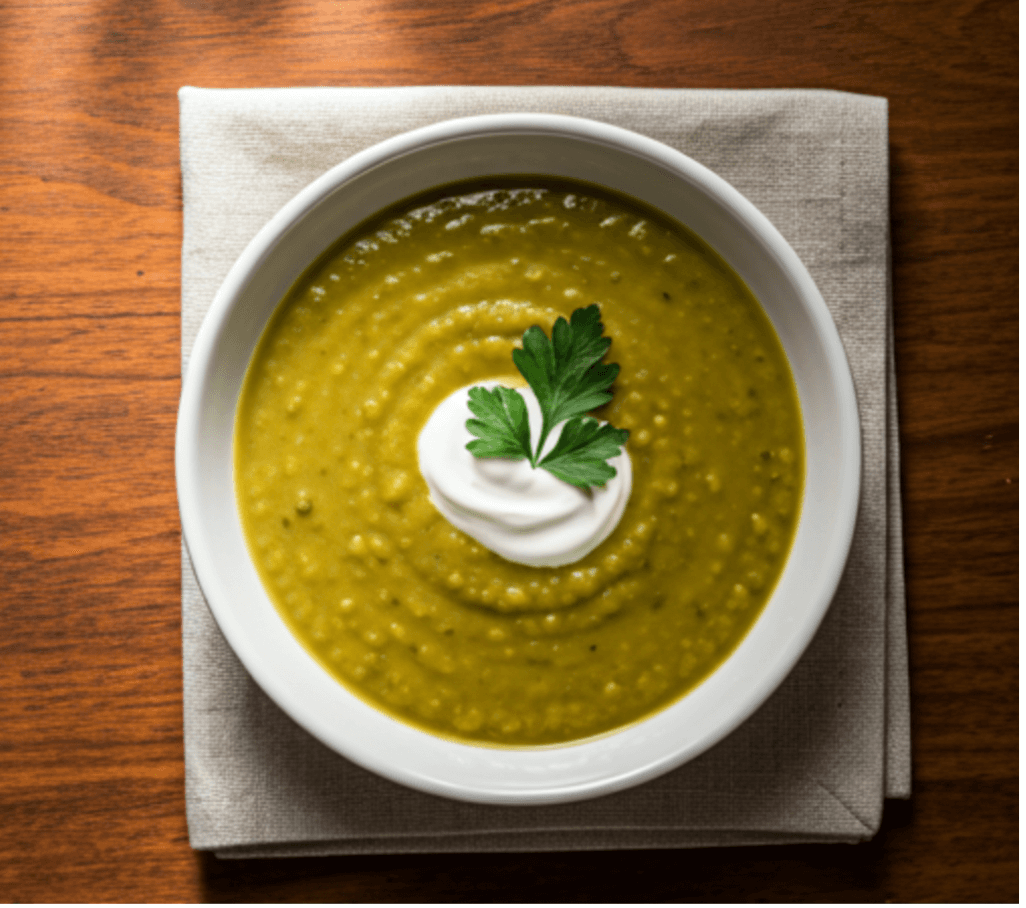
Split Pea Soup
Split Pea Soup is a thick, hearty soup made with split peas and vegetables. It’s commonly flavoured with herbs like thyme and bay leaves and often includes ham or bacon for added flavour. The slow cooker is a great tool for making split pea soup, as it allows the flavours to meld together beautifully. It’s a tasty and filling bowl of soup, perfect for lunch or dinner.
12. Miso Soup
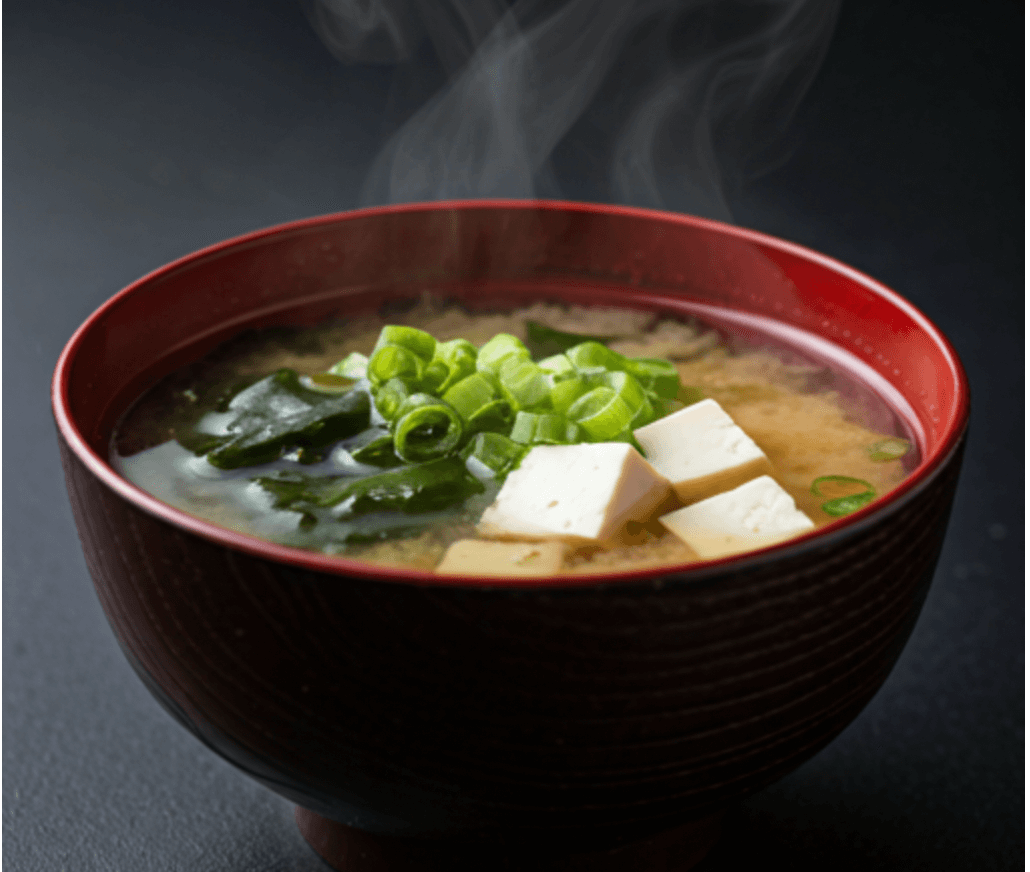
Miso Soup
Miso Soup is a traditional Japanese soup made with miso (fermented soybean paste), tofu, seaweed, and green onions. It’s light, umami-rich, and very healthy, often served as a starter in Japanese meals. The miso paste provides a deep, savoury flavour, while tofu adds a soft texture. This soup can be prepared in the Instant Pot for a quick noodle soup recipe and can even be customised with vegetables or meat.
13. Pho

Pho
Pho is a Vietnamese noodle soup that is both fragrant and hearty. The broth is made by simmering bones, spices like star anise and cinnamon, and fresh herbs. The soup is typically served with rice noodles, meat (usually beef or chicken)and garnished with fresh herbs, bean sprouts, lime, and chilli. You can prepare Pho in a slow cooker for a deep, savoury broth that has plenty of time to develop its complex flavours.
14. Wonton Soup
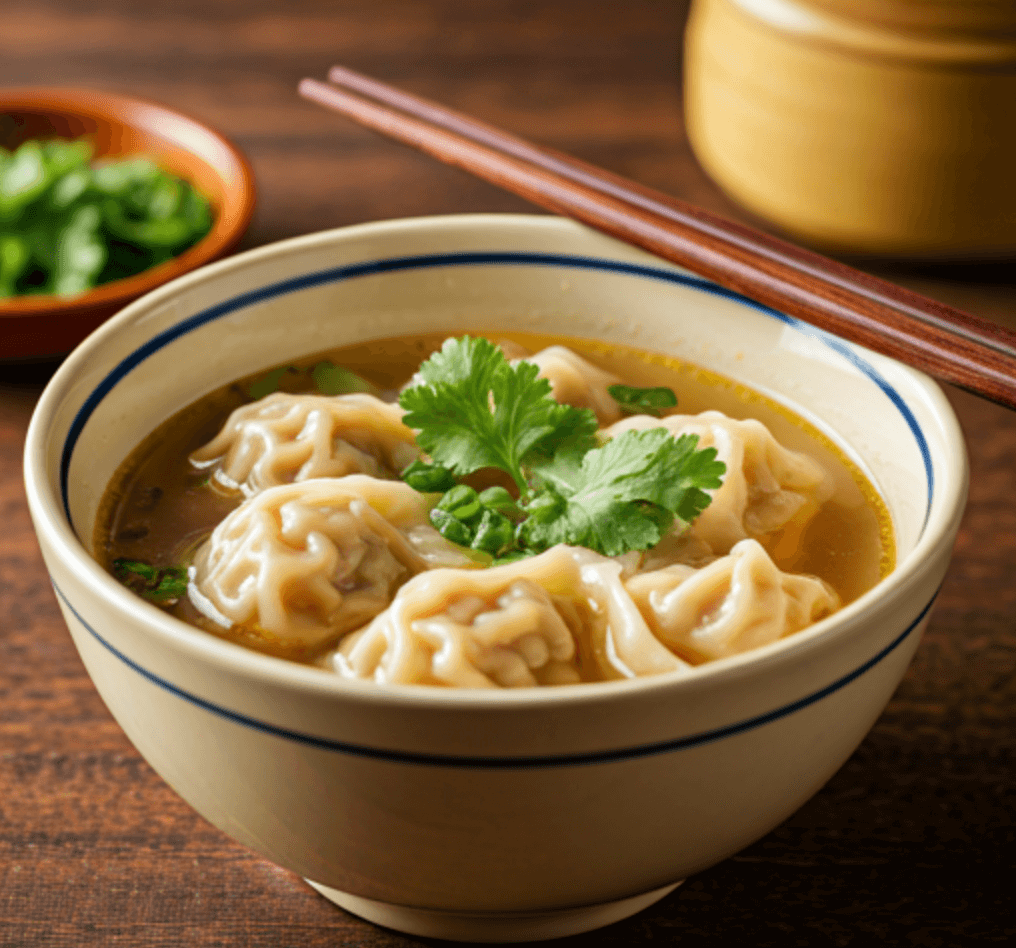
Wonton Soup
Wonton Soup is a Chinese classic made with delicate dumplings filled with meat or vegetables, served in a light broth. The wontons are soft and tender, and the broth is aromatic flavoured with soy sauce, garlic, and ginger. You can make noodle soup recipes by adding different types of noodles to this soup, creating a perfect, filling meal. The instant pot can help speed up the cooking process, making it an easy choice for a weeknight dinner.
15. Borscht
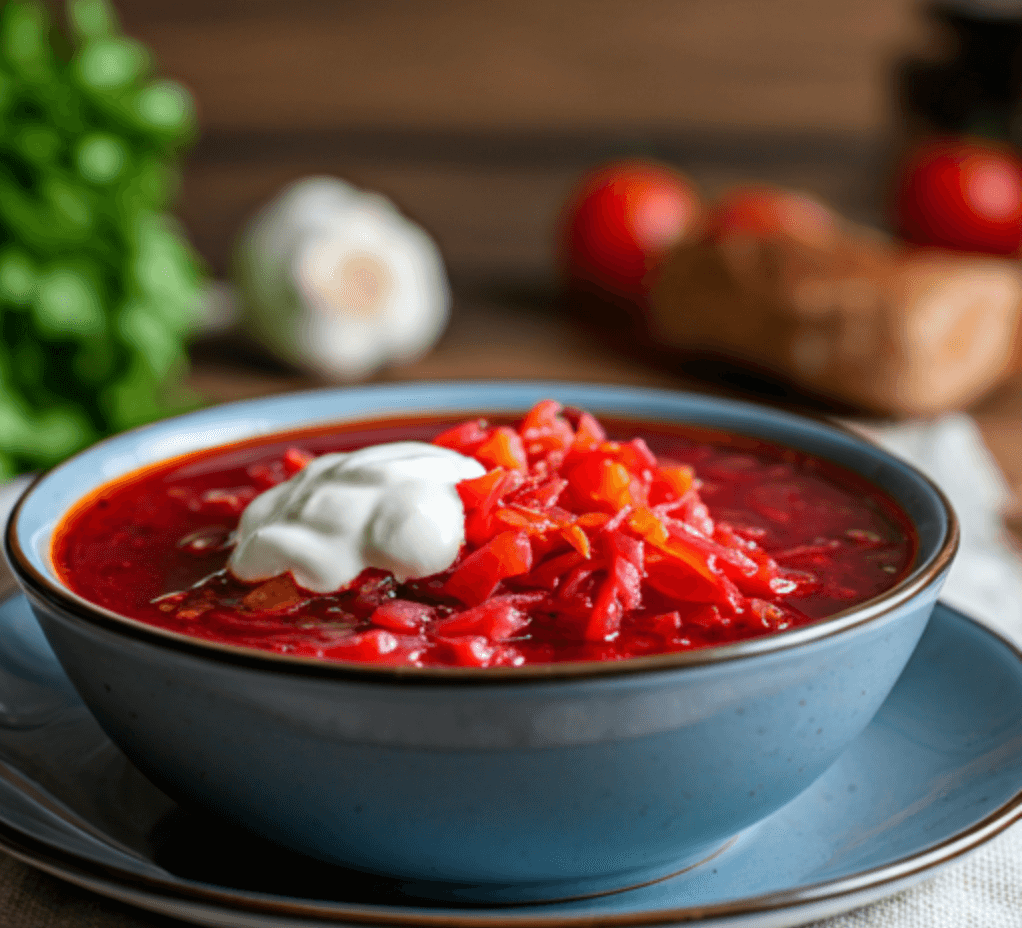
Borscht
Borscht is a vibrant soup made with beets, giving it a rich red colour. This Eastern European favourite is often served hot or cold and includes vegetables like cabbage, carrots, and potatoes. It’s a hearty, nutritious soup with a unique, earthy flavour. The addition of coconut milk gives it a creamy texture, but traditionally, it’s served with a dollop of sour cream. Borscht is a popular soup during the soup season, as it’s perfect for cooler weather.
16. Ramen

ramen
Ramen is a popular Japanese noodle soup that has taken the world by storm. It consists of wheat noodles served in a savoury broth, flavoured with soy sauce or miso, and topped with slices of pork, nori (seaweed), and green onions. Ramen has many regional variations, but it’s always comforting and delicious. The beef stock in some versions adds a deeper flavour, while the tomato base in others gives it a tangy richness.
17. Gazpacho

Gazpacho
Gazpacho is a refreshing cold soup from Spain, perfect for hot summer days. Made from raw vegetables like tomatoes, cucumbers, peppers, and onions, it’s blended into a smooth, chilled soup. The addition of olive oil, vinegar, and garlic gives it a zesty, fresh taste. Latin America also has variations of this soup, adding different herbs and spices to match regional flavours.
18. Pumpkin Soup

Pumpkin Soup
Pumpkin Soup is a creamy and mild sweet soup made with roasted pumpkin, onions, garlic, and vegetable stock. It’s often spiced with cinnamon or nutmeg to enhance the natural sweetness of the pumpkin. This soup is served as a starter in many fall dishes, offering a healthy, comforting meal that’s easy to make. You can make it in a slow cooker for a smooth, velvety texture.
19. Chicken and Corn Soup

Chicken and Corn Soup
Chicken and Corn Soup is a popular Chinese-style soup made with chicken, sweet corn, and a light broth. It’s flavoured with soy sauce, ginger, and garlic, with a smooth texture thanks to the cornstarch used to thicken it. This comforting soup is both hearty and healthy, perfect for a quick meal after a busy day. The sweetness of the corn pairs beautifully with the savoury chicken and soy sauce.
20. Sweet Potato Soup

Sweet Potato Soup
Sweet Potato Soup is a velvety soup made from roasted sweet potatoes and vegetable broth. The natural sweetness of the sweet potatoes is enhanced by spices like cinnamon, ginger, or nutmeg, making it a warming soup. You can also add a touch of coconut milk to give it a creamy texture. This is an ideal soup season dish, perfect for cosy evenings.
21. Vegetable Soup
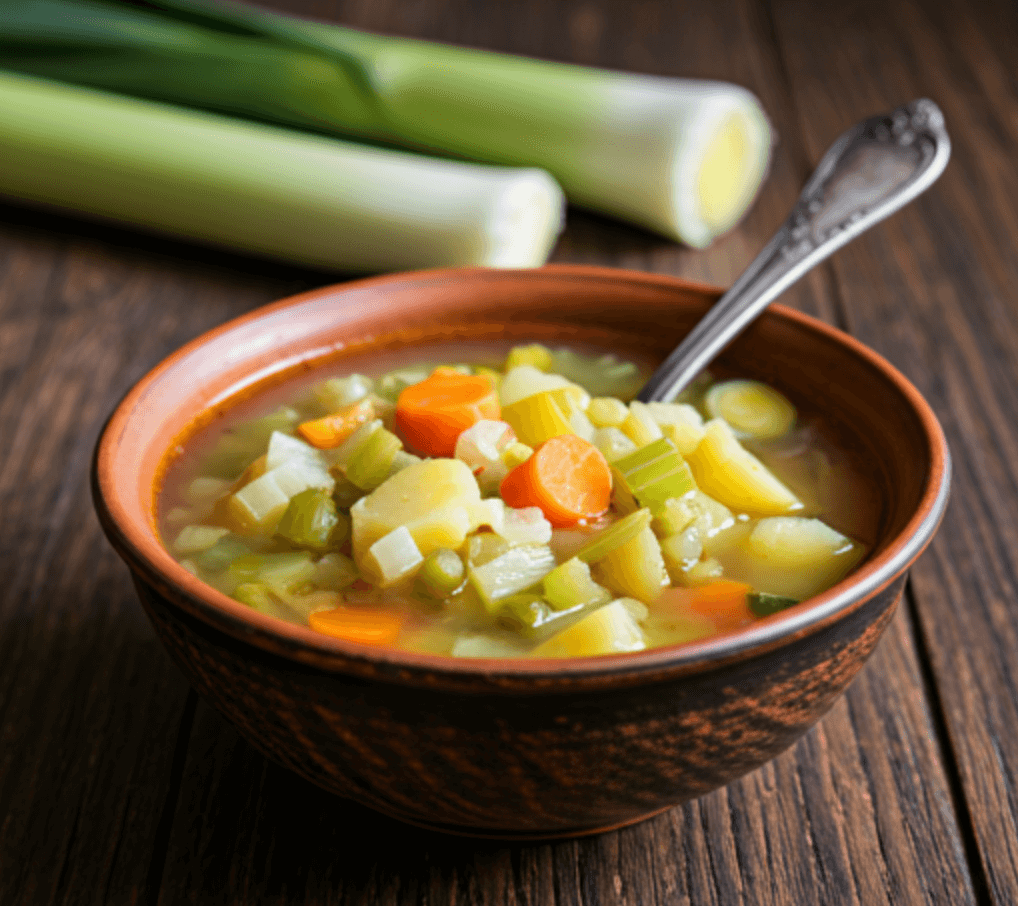
Vegetable Soup
Vegetable Soup is a simple yet wholesome dish made with a variety of vegetables, such as carrots, beans, and spinach. It’s light and refreshing yet full of nutrition. You can easily adjust the ingredients based on what’s in season or what you have in your grocery store. Herbs like thyme, bay leaves, and basil add a lovely fragrance to this soup, which can be topped with a dollop of cream for extra richness.
Conclusion
A steaming bowl of soup feels like a warm hug—comforting and satisfying in a way that goes beyond just taste. As we explored these 25 soup varieties, we realised that despite the wide range of ingredients, flavours, and cooking methods, they all share a common theme: warmth, comfort, and nourishment. From the simple yet wholesome chicken noodle soup to the rich, flavour-packed French onion soup, each bowl has its own story to tell—one of tradition, creativity, and love. The beauty of soup is its versatility: feeling hungry and in a rush? A quick chicken soup does the trick. Craving something more elaborate? The hearty Italian wedding soup is a great choice. Want something light and healthy? Try the vibrant and nutritious minestrone. The magic of soup lies in how you can make it your own, with endless variations to suit every taste. And the best part? Sharing that delicious bowl with family or friends, enjoying both the food and the moments together.
Frequently Asked Questions
1. How many types of soup are there?
There are many types of soup, which can be broadly divided into clear soups and thick soups. Clear soups include broths and consommé, while thick soups like cream of mushroom soup or cream soup offer a rich and velvety texture. The number of types of soup is endless, ranging from simple egg drop soup to hearty bowls of split pea soup. It all depends on the base and ingredients used.
2. What are the different types of soup?
Soups come in various types, each with its own unique taste and texture. Clear soups, like chicken broth or vegetable consommé, are light and refreshing. Thick soups, such as cream of tomato, cream of mushroom, or butternut squash puree, have a rich and creamy texture. Hearty soups like black bean or split pea soup are filling and nutritious. International soups, such as minestrone (Italy), chicken tortilla (Mexico), and borscht (Russia), offer a taste of different cuisines. For colder weather, a rich seafood chowder is a comforting option. You can also add protein with savory pork meatballs or egg whites to make your soup even more satisfying.
3. How do I make my own version of all types of soup?
To make your own version of all types of soup, use a basic formula—a stock or broth as a base, combined with vegetables, legumes, or meats. For example, to make cream of mushroom soup, start with a basic formula of sautéed mushrooms and onions, add an equal ratio of flour to thicken, and finish with copious amounts of milk. You can always tweak the recipe with your favorite flavours of the region, such as curry powder or bitter greens, for that extra flavour boost!
4. How can I find different types of soup in a recipe book?
You can find different types of soup recipes in cookbooks under the “Soups” or “Starters” sections. Many cookbooks offer types of soup lists, categorized by ingredients (e.g., cream soup, vegetable soup, bean soup). You can also search for specific recipes like American chicken soup, split pea soup, or egg drop soup. If you’re looking to experiment with canned casserole ingredients or make cafeteria fare-style soups, these are also easy to find.








